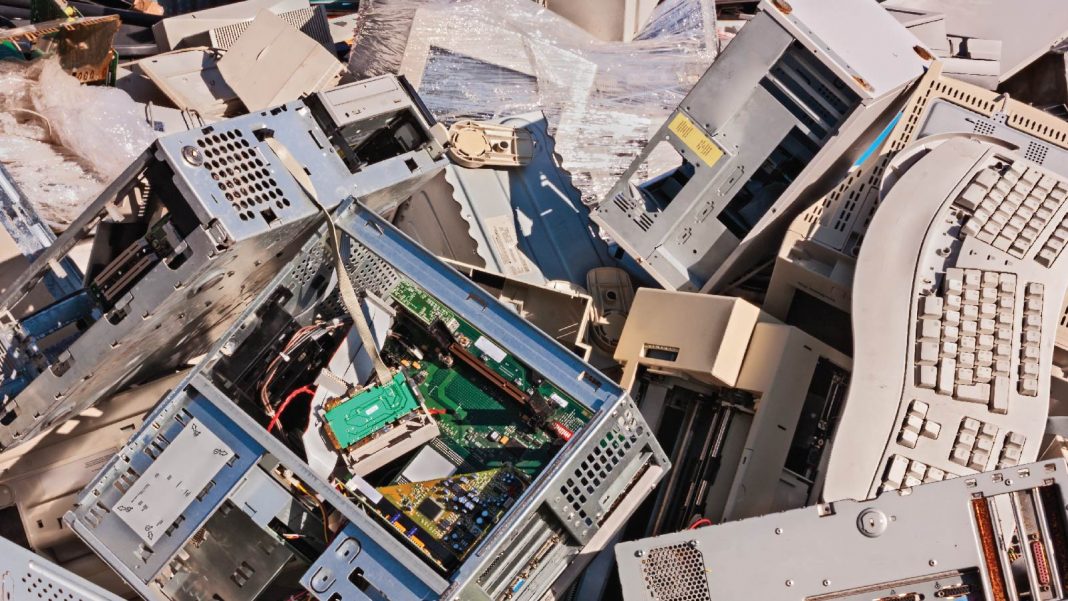The United Nations has warned about the alarming increase in the level of global e-waste.
Environmental health is at a major risk, with an increasing amount of electronic waste being dumped globally. Moreover, a significant proportion of that waste is being disposed of illegally, according to a report from the UN’s Global E-waste Monitor 2020. As per the report, 53.6 million tons (Mt) of e-waste have been dumped this year, up 21% in just five years. There is a three times increase in the amount of e-waste than the world’s population while only 17% of it was recycled in 2019.
The report notes that this issue is mainly because of policies enacted by electronic devices manufacturers, who deliberately build devices with a shorter life cycle in order to maximize their revenue. In addition, poor waste tracking and lack of strict policies are only aggravating the problem further.
It is uncertain what will happen to 82.6% (44.3 Mt) of e-waste generated in 2019. Moreover, there is no clarity on its whereabouts and the environmental impact across the different regions. Meanwhile, every individual on the planet discarded an average of roughly 7kg of e-waste in 2019. E-waste comprises materials like copper, iron, gold, silver, and platinum, which values around $57bn, as per the report. Most of these precious metals are dumped or burned instead of being collected for recycling.
Key findings from the Global E-waste Monitor 2020:
- In 2019, Asia generated the greatest volume of e-waste at 24.9 Mt, followed by America (13.1 Mt), Europe (12 Mt), and Africa (2.9 Mt).
- By the end of the decade, the amount of discarded products with a battery or plug will reach 74 million tons.
- An estimated 50 tons of mercury that are used in monitors, PCBs, and fluorescent and energy-saving light sources are contained in undocumented flows of e-waste every year.
- Last year, e-waste mainly included screens and monitors, small IT and telecommunication equipment, and lamps represented 6.7 Mt, 4.7 Mt, and 0.9 Mt respectively.
E-waste is a huge problem as the amount is growing at a rapid pace each year. The recycling of electronic waste is not taking place in proportion with the growing devices. Countries should start e-waste collection systems. Moreover, companies that bring devices in the market should be held accountable for end-of-life disposal. Proper e-waste management is a must to mitigate global warming.

